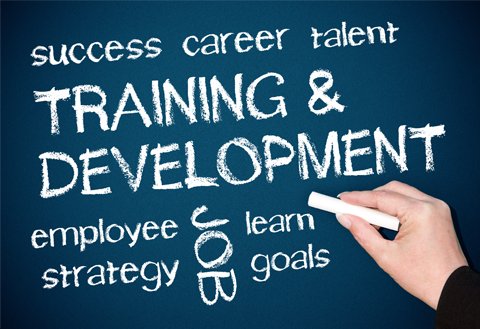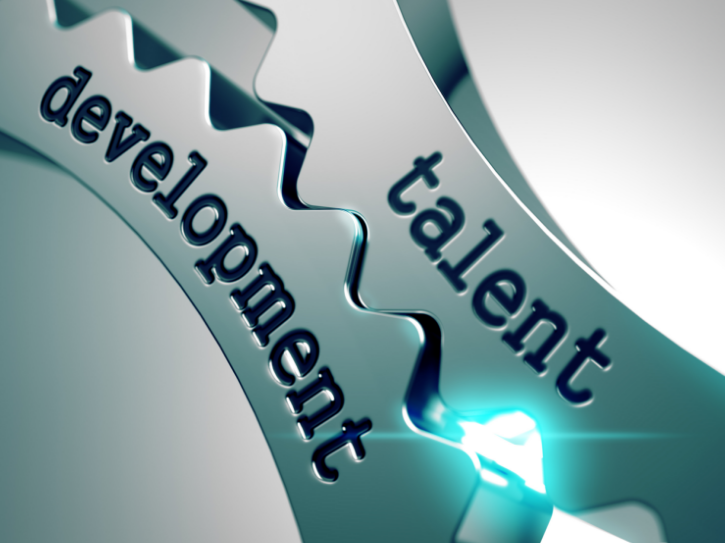Diversity, Equity, and Inclusion (DEI): Organizations are increasingly focused on fostering diverse and inclusive workplaces, addressing systemic biases, and ensuring equity in hiring, promotion, and compensation practices. HR plays a critical role in creating and implementing DEI strategies.

This term refers to the differences that exist in society, including ethnicity, race, gender, and skin color. DEI is currently a matter of concern that must be addressed appropriately. Certain groups that were previously excluded in the workplace are now changing and have gained equal opportunities. They are finally valued and respected because of this strategy.
A workplace that implements this strategy increases productivity in the workplace because each individual feels safe and comfortable to give ideas and share unique perceptions. There is no more feeling superior or inferior because the differences are not considered a problem anymore. You will always have the freedom to express your opinions and ideas for the organization.
Understanding The Diversity, Equity, and Inclusion
Diversity, equity, and inclusion are important concepts in the workplace. Diversity
is the difference in backgrounds, perspectives, and experiences that differ from one employee to another. Then, the organization or company will create a work environment where they can feel accepted and respected as a way of appreciating their true diversity.
Equality means making each person as equal as possible without regard to their identity or different backgrounds. Through equality, organizations will create a work environment where everyone feels they have a fair chance, have equal justice, and eliminate discrimination against certain groups.
Inclusion refers to the act of including someone or something into a group or system. HR in organizations is responsible for not excluding different groups, and providing equal opportunities with other groups.
About The DEI Strategies
An organization implements DEI strategies for specific purposes and as a way of valuing diversity in the work environment. The strategy is also adjusted to the needs of the organization, some of the actions included are training and development, community outreach, recruitment, and more.
Organizations that adopt the strategy of diversity, equity, and inclusion build a more positive and productive workplace. Employees feel valued and appreciated when their differences are respected. Increased innovation and imaginative thinking may result from this. Inclusion also helps to build a strong team spirit and a sense of community.
DEI Strategy In Recruiting
There are some key strategies that can help organizations create an inclusive and equitable recruiting process. As it is known that recruiting is the earliest step for the sustainability of the organization, this process needs to be considered well.
1. Establish clear DEI goals and objectives
Before you can begin to implement any DEI strategies in recruiting, you first need to establish clear goals and objectives. That means you need to know what diversity and inclusion you want to achieve, how you want to approach the recruitment process, and how you can convince candidates that your company can provide a comfortable and safe place to work.
2. Recruiter team must be aware of DEI strategy
As the person who is in charge of finding, developing, and even firing employees, HR must first know the DEI strategy. As the frontline they must be able to assess everything that can potentially cause discrimination later, therefore HR must first know this strategy before conducting recruitment.
3. Develop a diverse and inclusive candidate pool
Actively reaching out to candidates with differences who are often excluded in the workplace is an effective way to achieve a fair recruitment process. There are some groups that are usually avoided by employers, but they actually have potential and skills.
4. Use inclusive language and messaging
In order to attract a diverse range of candidates, it’s important to use inclusive language and messaging in your recruitment materials. This means avoiding stereotypes and using language that is welcoming and inclusive of everyone.
5. Evaluate your recruitment process regularly
It’s important to evaluate your recruitment process regularly to ensure that it is effective and inclusive. The thing that HR should pay attention to in this phase is whether all candidates reached have been given equal opportunities or whether there are other things that need to be improved to make the recruiting process more inclusive for everyone.
Reasons Why DEI Strategy Should Be Applied In Organization
Every organization will have different reasons for wanting to implement DEI strategies. However, organizations generally have these reasons why they want this strategy to work in their workplace.
- To create a welcoming work environment for staff and clients from different backgrounds.
- To improve the capabilities of the company in order to increasingly attract workers from different groups.
- To improve the organization’s ability to respond and serve diverse customers
- To increase the company’s profitability in reaching more customers or clients from different backgrounds.
- To increase trust and better respond to the needs of diverse communities.
- To create a more fair and inclusive atmosphere at work.

DEI Strategies Play Important Role in Organization
Applying DEI strategy to the organization will never be wrong because in addition to a good response to people who have different backgrounds, ethnicities, races etc., DEI Strategy will also be proof that its application can have a positive impact for the organization.
Some of the points below are the results of success that can be achieved if diversity, equality and inclusion are applied in the work environment.
- Enhancing employee productivity and creativity
- Promoting employee engagement and loyalty
- Attracting top talent from diverse backgrounds
- Enhancing the organization’s reputation and public image
- Strengthening relationships with diverse communities
It is irrefutable that diversity, equity, and inclusion are things that every organization, leader, and every individual must do to increase respect and appreciate every different individual. Companies with a positive response to every group difference have more opportunities to develop and grow.
With DEI strategy, a leader can reach out to many people with qualified skills. Through this strategy, the organization will also change the paradigm of society not to exclude certain groups and must always provide equal opportunities and rights to every member of society.













